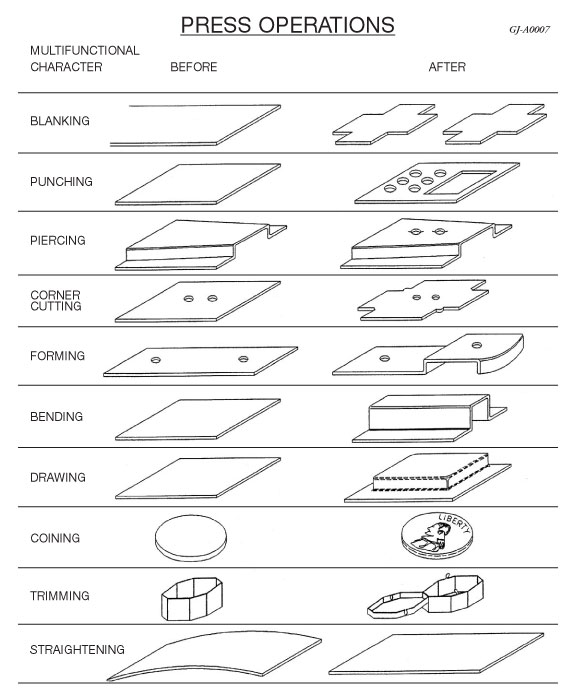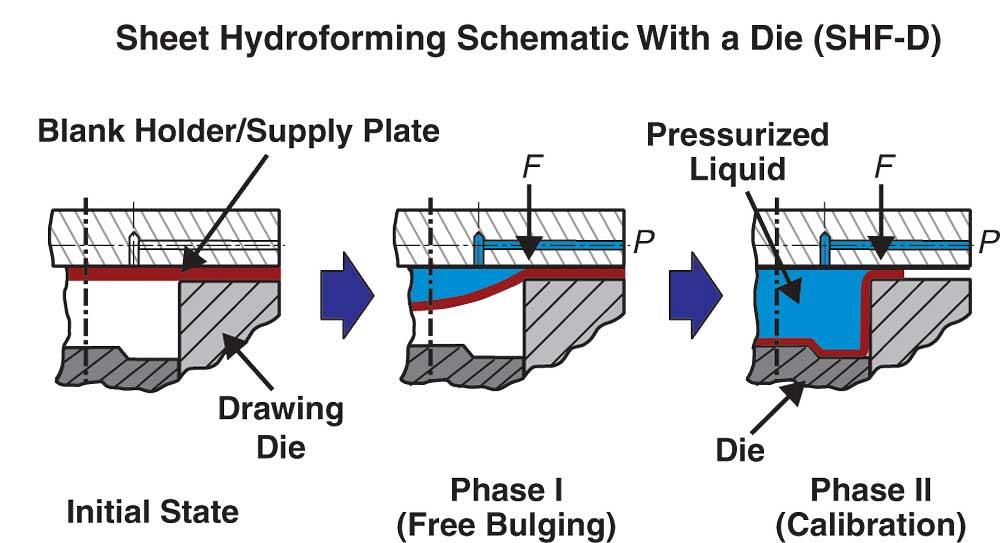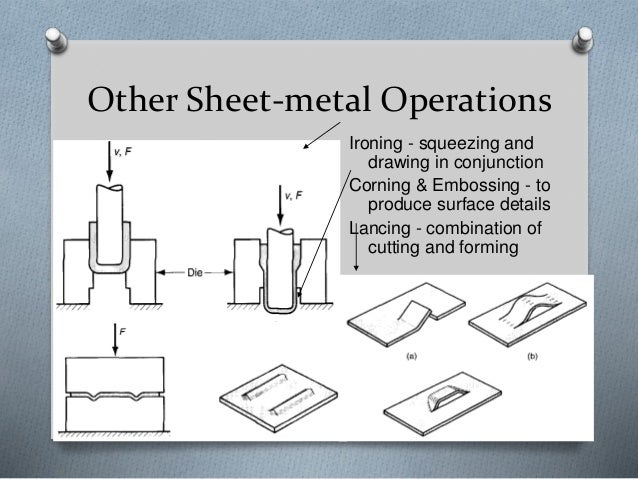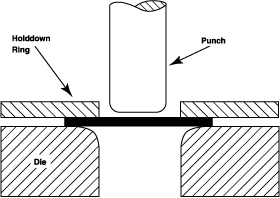Squeezing Process In Sheet Metal
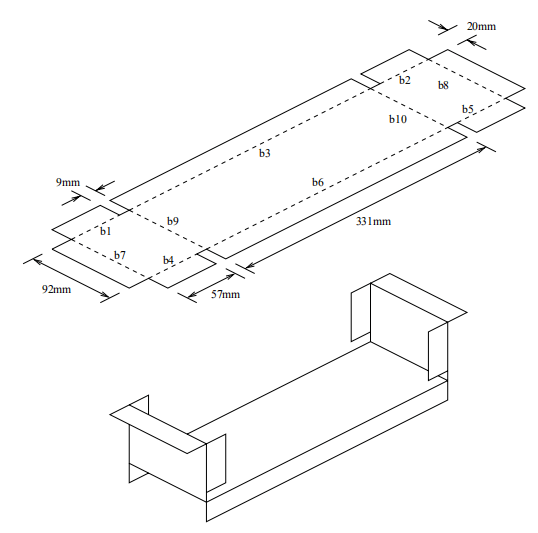
Full mold process lost.
Squeezing process in sheet metal. The squeezing force based real time control method outlined in the paper is found to be effective and accurate. Bending of sheet metal is another process for cold working which involves deforming metal over a work axis thereby creating a change in the geometry of the metal. Examples of the bending and the embossing of sheet metal with a metal punch and with a flexible pad serving as the female die lecture 05. It can be used for robot assisted pneumatic percussive riveting system and closed loop control of percussive riveting in sheet metal assembly.
Sheet metal is metal formed by an industrial process into thin flat pieces. In this method the shape changes but the volume of the metal remains constant. Coining dies create the part s shape by squeezing the metal under extreme pressure. It is not a metal cutting process.
Coins metal currency are created with the coining process. And the punch is hit at the other end of the sheet producing a shearing effect. High energy rate forming processes. Knurling is a process of squeezing metals with the help of plastic deformation into peaks and troughs.
Metal powders for pm. Hydroform or fluid forming process in hydroforming or fluid forming process the pressure over the rubber membrane is controlled throughout the forming cycle with. Presses for sheet metal working. It leaves a lean edge on the piece of metal is sheared or cut.
The example of forming processes are sheet metal manufacturing forging rolling extrusion wire drawing thread rolling rotary swinging and so on. Thicknesses can vary significantly. In this operation a sheet metal workpiece is placed or kept between two dies from one end. To deformed the raw material.
Draft or taper allowance. Molding material and properties. Sheet metal is one of the fundamental forms used in metalworking and it can be cut and bent into a variety of shapes countless everyday objects are fabricated from sheet metal. A simple round metal slug is placed into the die and forced to flow into a given shape by compressing it see figure 3.
Extremely thin sheets are considered foil or leaf and pieces thicker than 6 mm 0 25 in are considered. Sheet metal forming processes 34 21 22. This process helps in providing non slip grip on metal surfaces and also providing a decorative look. It is a process of making a cup shaped parts from a flat sheet metal blank to provide necessary plasticity for working the blank is first heated and then placed in position over the die or cavity the punch descends and pushes the metal through the die to form a cup hence this process is called as cupping.
This process uses a knurling tool. In this process we apply stresses like tension compression shear etc.

